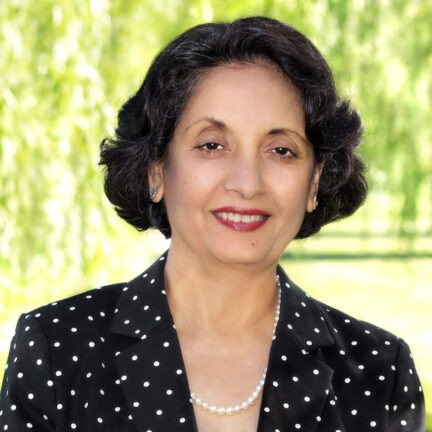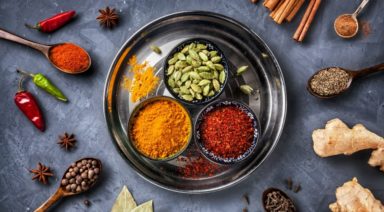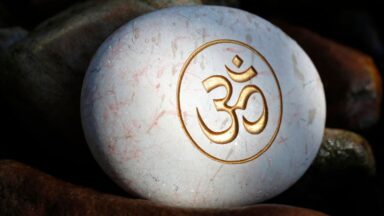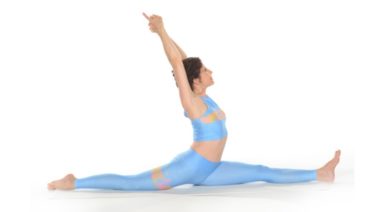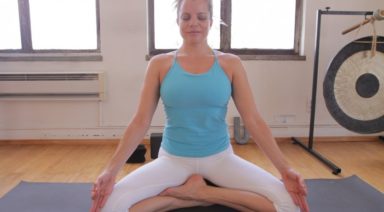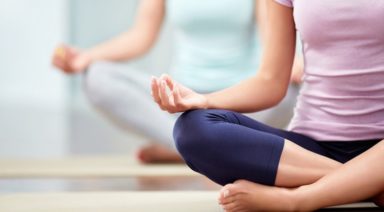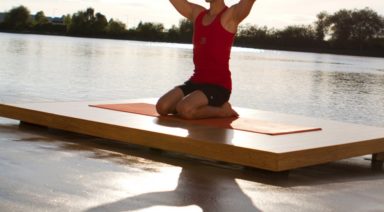The Healing Power of Ayurvedic Self-Massage

According to Ayurveda, the holistic tradition from India, Abhyanga or Ayurvedic massage is an integral part of the daily routine recommended for overall health and well being. It is a unique technique in which comparatively large amounts of medicated oils are applied to the body. Such massage helps to remove the accumulated stress and toxins in the mind and body, increases circulation to the nerve endings and promotes increased stamina throughout the day. It increases mental alertness, tones muscles and lubricates the joints.
One important benefit from Abhyanga is the stimulation of the [lymphatic system]/article/yoga-lymphatic-circulation). Lymph provides the nerves with receiving and transmitting signals. It also helps develop antibodies that are important for the immune system. By rubbing the joints in a circular motion, circulation is enhanced and rubbing the joints in a circular motion secretes fluid from the lymph nodes. This causes more protein, glucose, minerals, oxygen, and antibodies involved with the lymphatic system, to circulate in the blood.
Unlike massage oils used in the west, Ayurvedic oils are specially crafted medicinal substances that can be used both internally and externally. The traditional procedure to make such oils is a labor intensive process and requires the skill of a master Ayurvedic pharmacist; who slowly decocts medicinal plants, and other natural substances, into heat-stable oils at low temperatures. Ayurvedic herbs and botanical extracts recommended for skin and muscle-toning are selected and blended into a pure cold-pressed sesame oil base, according to age-old methods using special clay fire places and pure copper vessels. The resultant oil is then filtered and transferred to another copper vessel for settlement. Once it is settled and cooled by natural method, the oil is packed and has a shelf life of five to ten years, without any addition of chemical preservatives.
These traditional oils are a striking contrast to what many companies in the west currently market as ‘Ayurvedic oils’, which are nothing more than carrier oils that feature various essential oil blends.
Traditionally, sesame oil is used as base oil in a majority of the Ayurvedic preparations, due to its antioxidant properties; it also has the ability to penetrate through the subtle channels of the body. At times coconut oil is substituted due to its palatability. However, coconut oil is mostly used for external application; often used for children, as it is comparatively light.
How does one use Ayurvedic oils in their daily self-care routine?
Dip your fingertips into the warm oil and apply it lightly to the entire body. Wait for a few minutes and then apply even pressure with the palm and finger; massage in circular motions over rounded areas, such as head or joints, and straight strokes on straight areas, such as your arms and legs. Do not apply heavy pressure on sensitive areas such as abdomen or heart. Relax for ten to fifteen minutes after the massage, and then follow with a warm bath or shower.
What medicinal oils should one use for self-massage?
It is important to pay a special attention to the current state of health, when one is deciding which oil to use for daily self-massage. According to Ayurveda, the health of the body is dependent upon the activity of three psycho-physiological principles, or Doshas called Vata, Pitta and Kapha.
Vata dosha pertains to all movement in the mind and body, and represents the element of air and ether. Vata is considered the leader of all three doshas so it is important to keep Vata in balance. Vata is responsible for the neurological system and motor functions. Imbalance is commonly expressed as mental and physical agitation: dryness of skin, sensitivity to weather and weakened digestion. Ayurvedic Vata oil prepared with herbs like ginger, calamus, and costus, work to nourish, calm and pacify the body; alleviating symptoms of dryness, sensitivity, and pain.
Pitta pertains to metabolism, and transformation in the mind and body. Pitta represents the elements of Fire and water. Pitta is responsible for metabolic processes in the organs and tissue systems, in addition to the cellular metabolism. Imbalance is expressed as: skin sensitivity, anger issues, excess heat, irritation and inflammation. Pitta Ayurvedic oil has a cooling effect, to let excessive heat out of the body.
The last type of dosha is Kapha. Kapha pertains to structure and lubrication in the mind and body. Kapha represents element of Water and Earth. The body form and structure, inclusive of fluids, fats, muscles, bones, etc. come under Kapha. The imbalance is expressed as weakened circulation, body pain, weight issues, nasal and other congestions. Respiratory systems are more prone to Kapha imbalances, which results into phlegmatic disorders. Kapha Ayurvedic oil with herbs like Bishop’s Weed, Arjuna, cardamom and Camphor help healing these disorders.
For the individuals with more balanced health, use Tridosha oil to maintain good health. Ayurvedic treatments seek to balance our constitution with prevention and awareness of self. Let us all take the intelligence of the universe and match it with the intelligence of our own body for a healthy life.
What Your Dosha Type Means for Your Diet

Ayurveda is Sanskrit for “the wisdom of life.” Ayurveda originated in India and pre-dates modern medicine by thousands of years.
Ayurveda healing differs from modern medicine in the following ways:
- Focuses on preventative techniques, instead of merely reacting to illness as it arises
- Diet and habits are more strongly considered when diagnosing and treating
- Emphasizes on the uniqueness of the individual and finding what works for you personally
Three Types of Ayurveda Doshas
There are three types of Ayurveda Doshas – kapha, pitta, and vata. Doshas are more commonly known as mind-body types and are derived from the five elements.
While we all have aspects of each of the three doshas, for most of us, there is one dosha that dominates. You can also be a combination of two doshas, but that is less frequent. Before you learn about the characteristics of each type of dosha, determine which one(s) are most pertinent to you by taking this quick quiz.
I took this quiz with a little bit of healthy skepticism, not expecting anyone dosha to be that much stronger than the others, but for me, the traits corresponding to vata dosha are twice as strong. There are several dosha quizzes online, all of which gave me similar results.
Once you determine which dosha pertains to you, read about the strengths and weaknesses of that dosha and what dietary changes you can make to keep yourself in better alignment. While this article focuses on dietary modifications, there are all sorts of supplements, lifestyle and yoga practices that are also beneficial.

